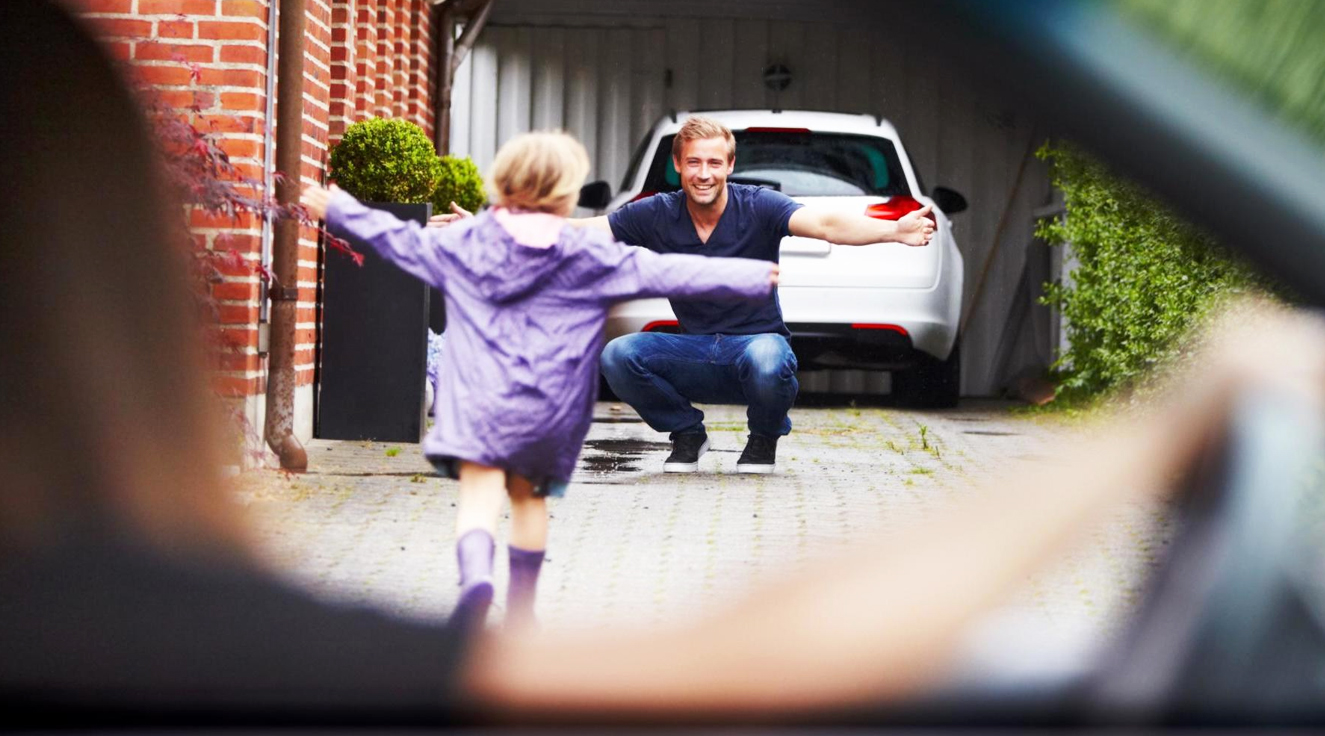WHY Kids Need Both?
Our mission is to provide education and support to families facing child custody conflict.
Currently, despite the US Census Bureau reporting a decline in marriage and divorce rates from 2008 to present, nearly half of all marriages still end in divorce, many of which involve children. This often leads to intense legal battles between former partners with children, putting the children in a difficult position where they might feel compelled to take sides.
 If no action is taken to address this issue or if the separation process is prolonged, the future consequences are predictable. The children may grow up feeling resentful for missing out on a harmonious childhood, and at worst, their relationships with one or both parents could be severely damaged. Such a tumultuous and disruptive experience might even lead to destructive patterns in their future relationships with partners and their own children.
If no action is taken to address this issue or if the separation process is prolonged, the future consequences are predictable. The children may grow up feeling resentful for missing out on a harmonious childhood, and at worst, their relationships with one or both parents could be severely damaged. Such a tumultuous and disruptive experience might even lead to destructive patterns in their future relationships with partners and their own children.
Recognizing the potential harm caused by this situation, Kids Need Both (KNB) takes a leading role in promoting awareness of Parental Alienation Syndrome (PAS) in the legal system, parent education curriculum, and schools. The organization firmly believes that children require both parents and that both parents have the potential to perpetrate PAS or seek peaceful resolutions.
KNB strives to change the approach to highly volatile custody battles, providing a model that emphasizes harmony and cooperation rather than destructive conflict. This way, concerned parents, child advocates, and the legal system can find a more productive and compassionate way of handling such sensitive situations.
Understanding the Family Law Environment
Expecting judges to remember all the minute details of your life throughout a day’s busy calendar is unrealistic. Being human, they can be influenced by biases, experience boredom, or feel tired, making their decisions unpredictable. Attorneys, on the other hand, are not trained to fulfill the role of counselors or coaches. Consequently, when a client seeks answers anxiously, an attorney may become annoyed and frustrated with their own client, leading to suboptimal representation.
It is crucial to recognize the roles of these professionals and understand how they can assist you in your case. Familiarizing yourself with the available approaches is equally important. The following outlines the four primary methods to handle a family law case.
What Makes Our Model Different?
Let’s Compare 4 Approaches…
Litigation Costs Breakdown
-
- Initial Consultation ($250.00 – $500.00/hour)
- Retainer ($2,500.00 – $5,000.00)
- Filing Initial Pleadings (Summons and Initial Petition) ($1,200.00)
- Responding to Answer and/or Counter Petition ($1,000.00)
- Serving Discovery ($500.00)
- Responding to Discovery ($750.00)
- Preparing Financial Affidavit and Mandatory Disclosure Compliance ($1,800.00)
- Preparing Motions ($750.00)
- Preparing Motion for Attorneys’ Fees ($750.00)
- Responding to Motions ($750.00)
- Hiring Experts ($2,000.00)
- Hearings/Court Appearances ($4,500.00)
- Mediation (Court-Ordered) ($1,200.00)
- Co-Parenting Classes and Preparation of Parenting Plan ($500.00)
- Trial ($7,500.00 – $10,000.00)
- Appeal ($5,000.00)
Approximate Total Cost of Litigation: $32,700.00+
Mediation Costs Breakdown
-
- Initial 2-hour consultation ($250.00 – $500.00)
- Follow up meeting (4 hours at $300.00/hour)($1,200.00)
- Preparation of Mediated Settlement Agreement ($500.00)
- Preparation of additional documents, such as Parenting Plan, Child Support Worksheet, and/or Dissolution filings (if necessary) ($500.00)
Approximate Total Cost of Mediation: $500.00 – $2,500.00
